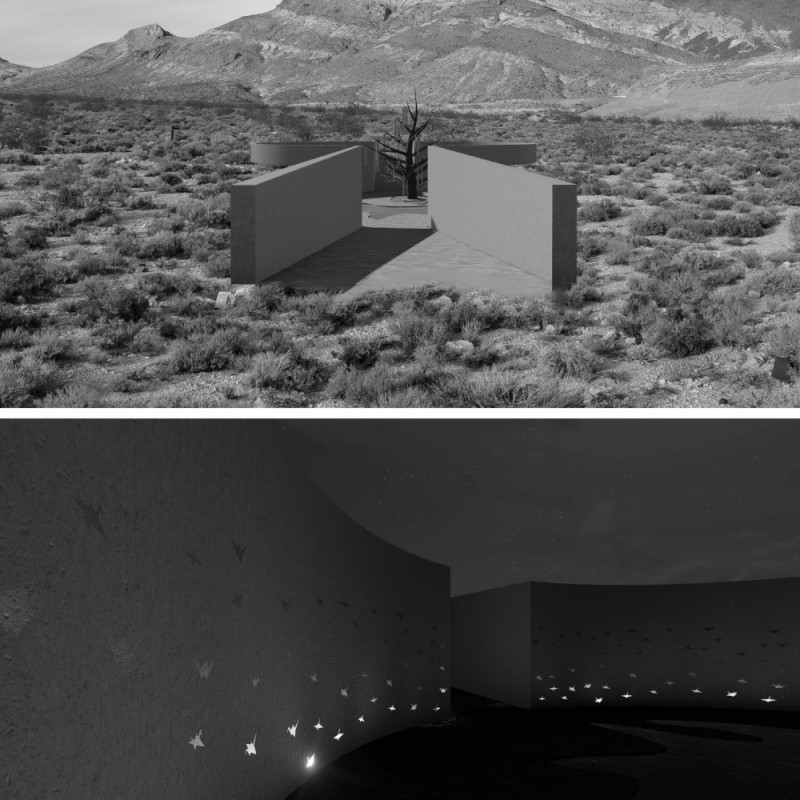5 key facts about this project
At first glance, the design showcases a harmonious balance between form and function, featuring clean lines and a balanced massing that responds to its surroundings. The building's exterior is enveloped in a meticulously selected façade that combines natural materials with modern elements. This combination enhances the building’s integration into the landscape, creating a dialogue with the existing architecture in the vicinity. The use of locally sourced materials not only promotes sustainability but also pays homage to the regional vernacular, enriching the architectural narrative.
Inside, the project utilizes an open floor plan that encourages fluidity and connection between spaces. This design approach fosters community interaction and collaboration by minimizing barriers between different areas. Natural light is skillfully introduced through expansive windows and strategically placed skylights, which allow daylight to permeate deep into the interior. This design choice not only contributes to energy efficiency but also enhances the overall atmosphere, making the interior spaces inviting and comfortable.
One of the key details of this project is its landscaped areas, which seamlessly blend with the built environment. Green roofs and outdoor terraces provide ample opportunity for social engagement and relaxation, while also serving ecological functions such as stormwater management and biodiversity support. These green spaces offer a respite from the urban hustle, allowing users to reconnect with nature, reinforcing the project's commitment to sustainability.
In addition to its functional attributes, the architectural design incorporates unique features that reflect innovative design thinking. For example, the use of passive solar design elements helps to minimize energy consumption while maximizing comfort for its occupants. Such features include strategically placed overhangs that block excessive sunlight during peak hours, allowing for natural climate control. Likewise, the selection of high-performance insulation materials enhances energy efficiency, aligning with contemporary architectural practices aimed at reducing environmental impact.
The integration of technology throughout the building is also noteworthy. Smart building systems have been incorporated to optimize energy usage and improve user experience, facilitating a more adaptive and responsive living space. This thoughtful incorporation of technology reflects a growing trend in architecture towards creating responsive environments that cater to the needs of users in real-time.
This architectural project stands out not only for its design but also for its potential to catalyze community engagement through its various functions. By accommodating spaces for events, workshops, and communal activities, the building positions itself as a hub for social interaction and cohesion. The architectural choices made throughout the design process reflect a comprehensive understanding of the community's needs, ensuring that the space serves its intended purpose effectively.
For those interested in exploring the architectural intricacies and ideas that have shaped this design, reviewing the architectural plans, sections, and designs can provide deeper insights into the thought process behind the project. Understanding the architectural elements and innovative approaches employed will reveal how this design harmonizes with its environment while promoting sustainability and community interaction. As the project continues to develop, it stands as a significant example of modern architecture’s capacity to enhance the urban landscape, inviting further exploration and appreciation.























